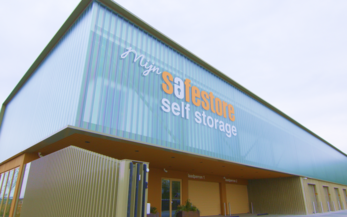Why do EHSQ teams tend to resist change when it comes to digitizing EHSQ processes?
I have long tried to rationalize the reasons, why some EHSQ professionals still refuse to invest their time building and honing the digital management system for EHSQ. My conclusion is very natural: People tend to avoid things that they don’t understand well enough. Given that EHSQ practitioners, just like myself, are usually trained well in either engineering or psychology, the education doesn’t often include IT skills and in the best case provides at best a very shallow understanding of EHSQ software solutions.
But in today's world, business, and all organizations that have people, need software to function. It would be hard for me to see us EHSQ professionals if ever we were to go back to using papers and spreadsheets, unless the process is already digitized. Digitalization brings clear benefit, and this counts for all processes , be it marketing automation, invoicing, digital signatures, ESG data collection or EHSQ processes such as incident management, SDSs or audits. And what counts for any good new technological help, also counts for EHSQ software: Once you have digitized, you won’t go back. Or would you choose to ditch your smart phone for good and go back to landline phones?
Argument #1: Lack of IT or technical skills
Often on such projects, EHSq believe they lack the necessary IT or technical skills. And if that is indeed the case, there may be a fear that the driver's seat will have to be given to someone outside of EHSQ, jeopardizing the desired outcomes and derailing the project. In addition, EHSQ leaders may fear that failure on such an important project could have consequences for their careers.
Argument #2: EHSQ is Peoples Business
I often hear comments that EHSQ is a people business, it’s about people not software and hence we should not get distracted by mobile apps or EHSQ platforms but instead use our time to coach the managers and supervisors or train and educate frontline people.
I would agree that it is a fair point, but remember that a key objective of every ESG or EHSQ software project is to save time and automate manual processes. EHSQ software is designed to automate notifications, assignments, reminders, escalations and simplify the data collection about energy consumption, safety observations, near misses and accidents and so much more. Aren’t these repetitive tasks consuming the very time you would rather invest into talking to people, coaching, and training them and basically doing the desired people work? Would you ever think there should be more time for your ESG strategy work and planning things in advance without rush, without being in hurry all the time?
EHSQ software lightens the load on health and safety officers, in turn allowing us to reclaim the time we would have spent on administrative tasks and invest it in safety leadership to make EHSQ peoples business.
Let’s think even further: If you had your ESG and EHSQ data available in a structured manner, wouldn’t it be easier to craft KPIs that your organization leaders and stakeholders ask for due to their ESG initiatives?





